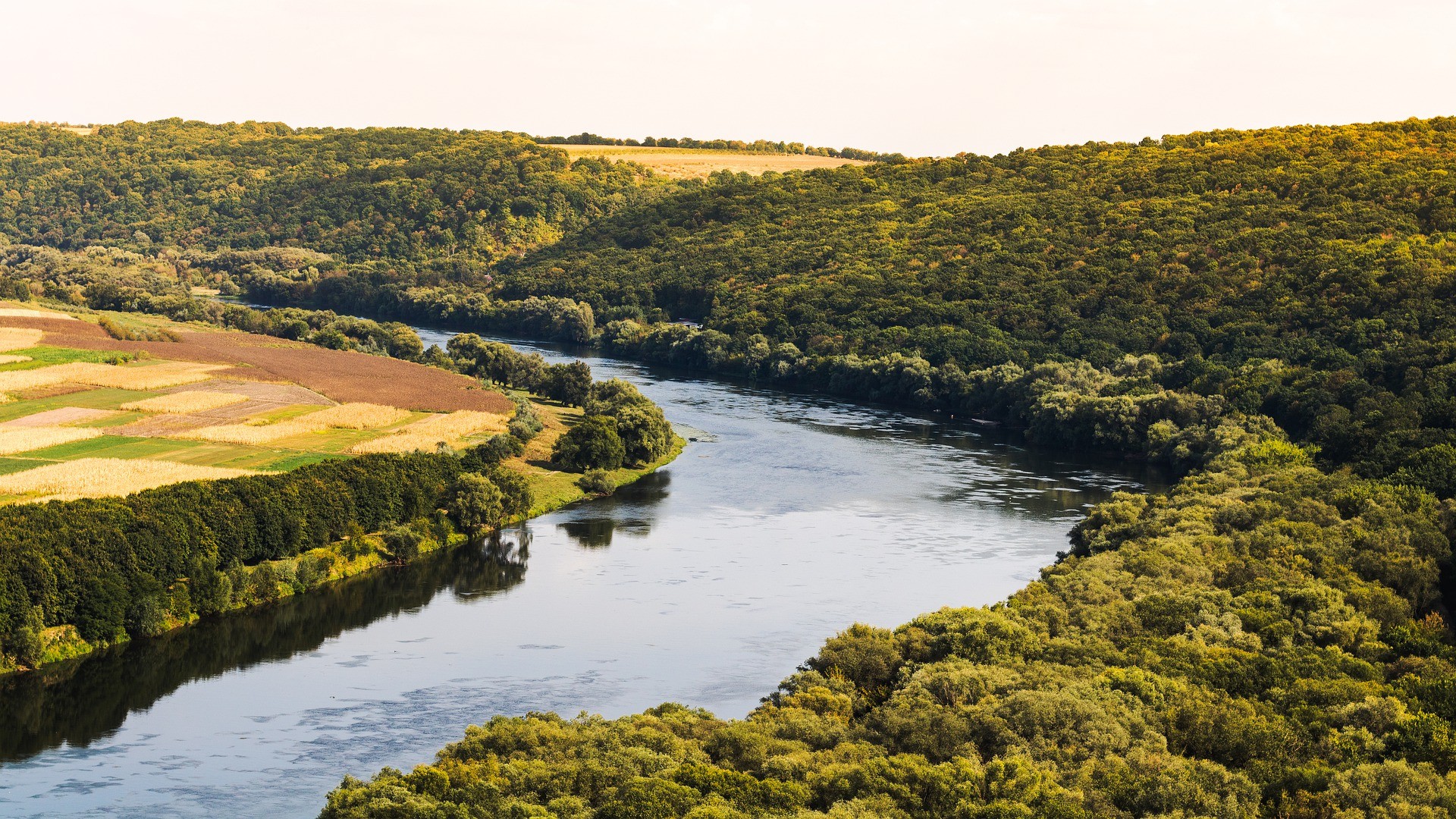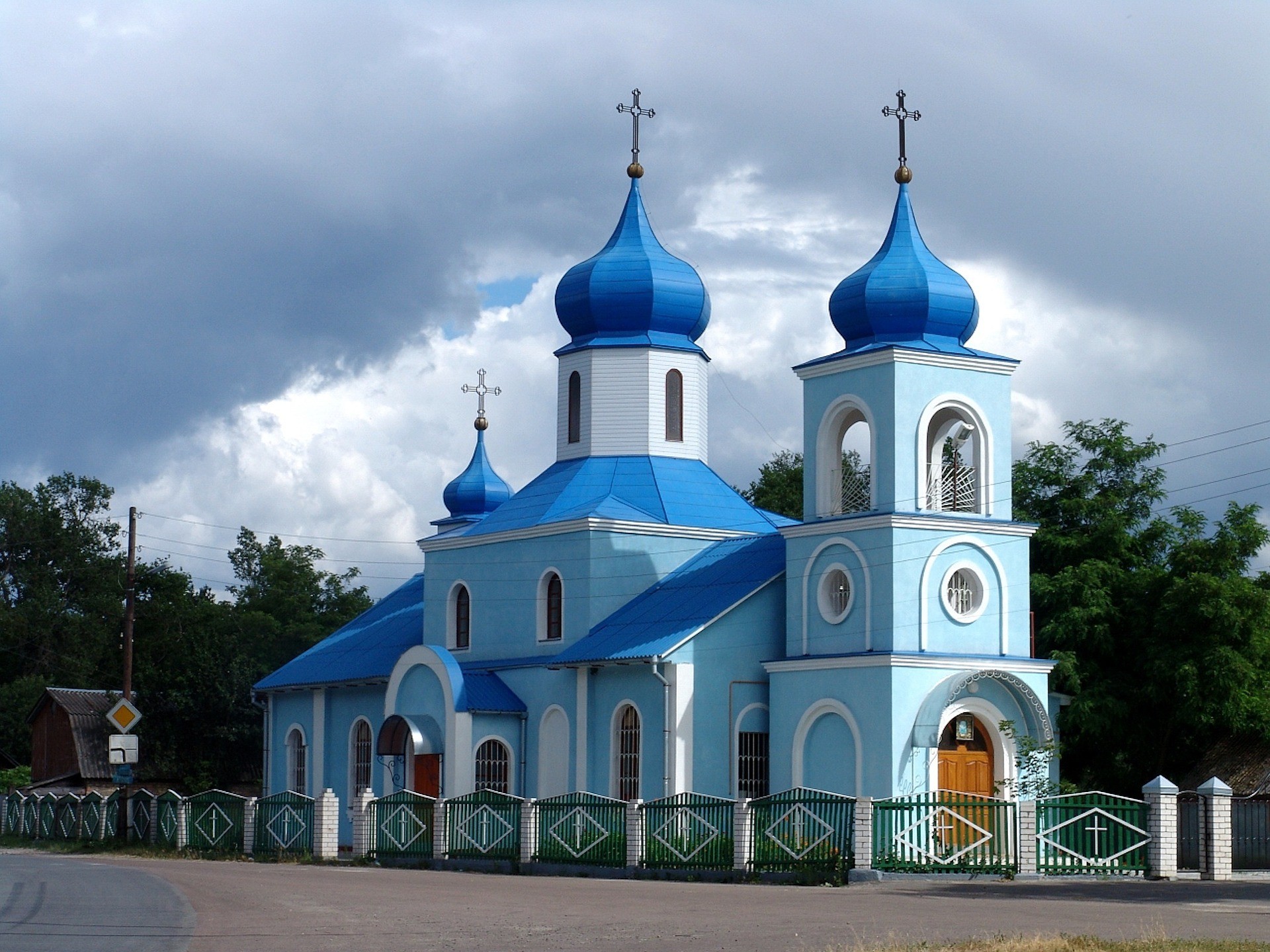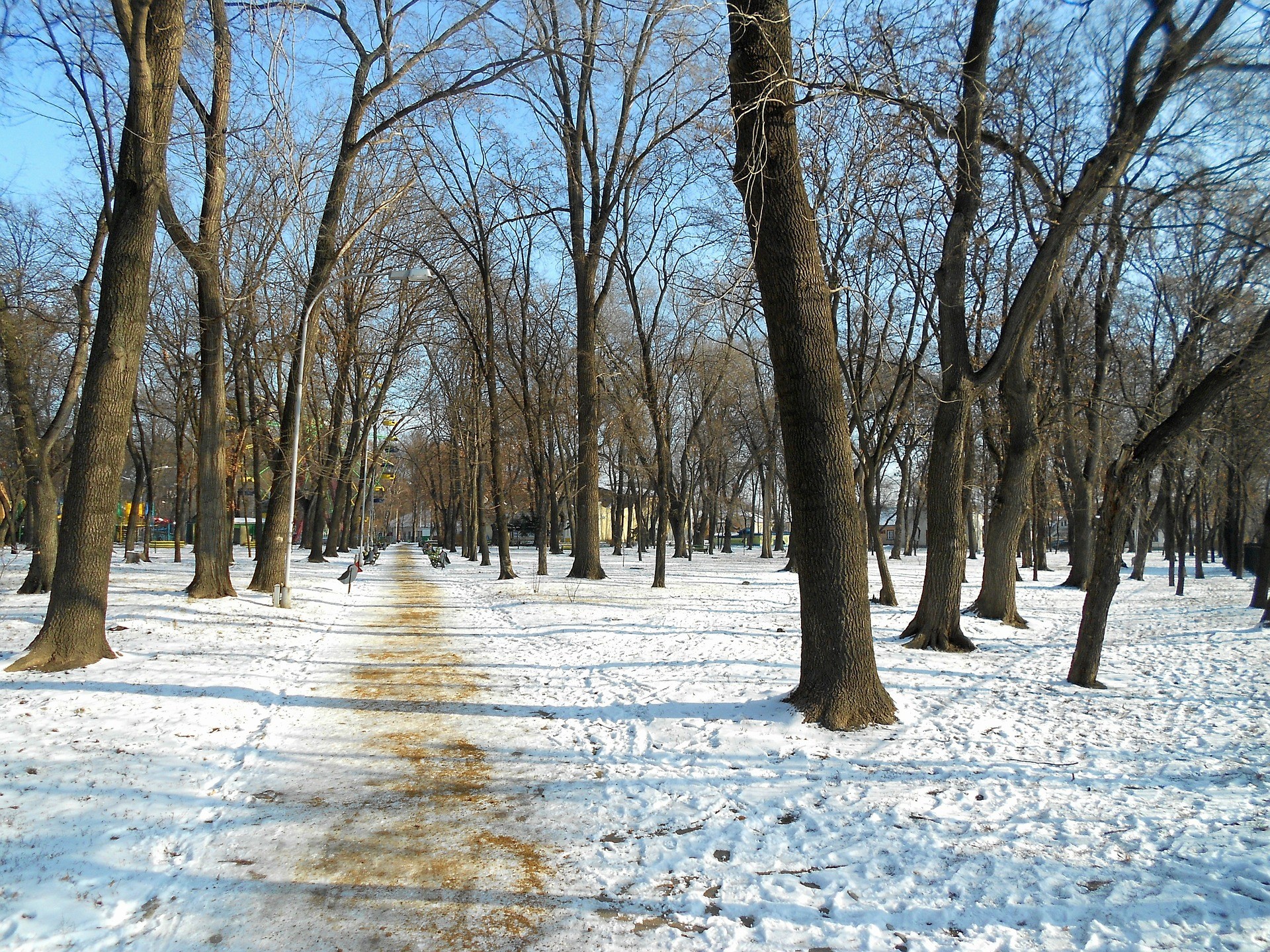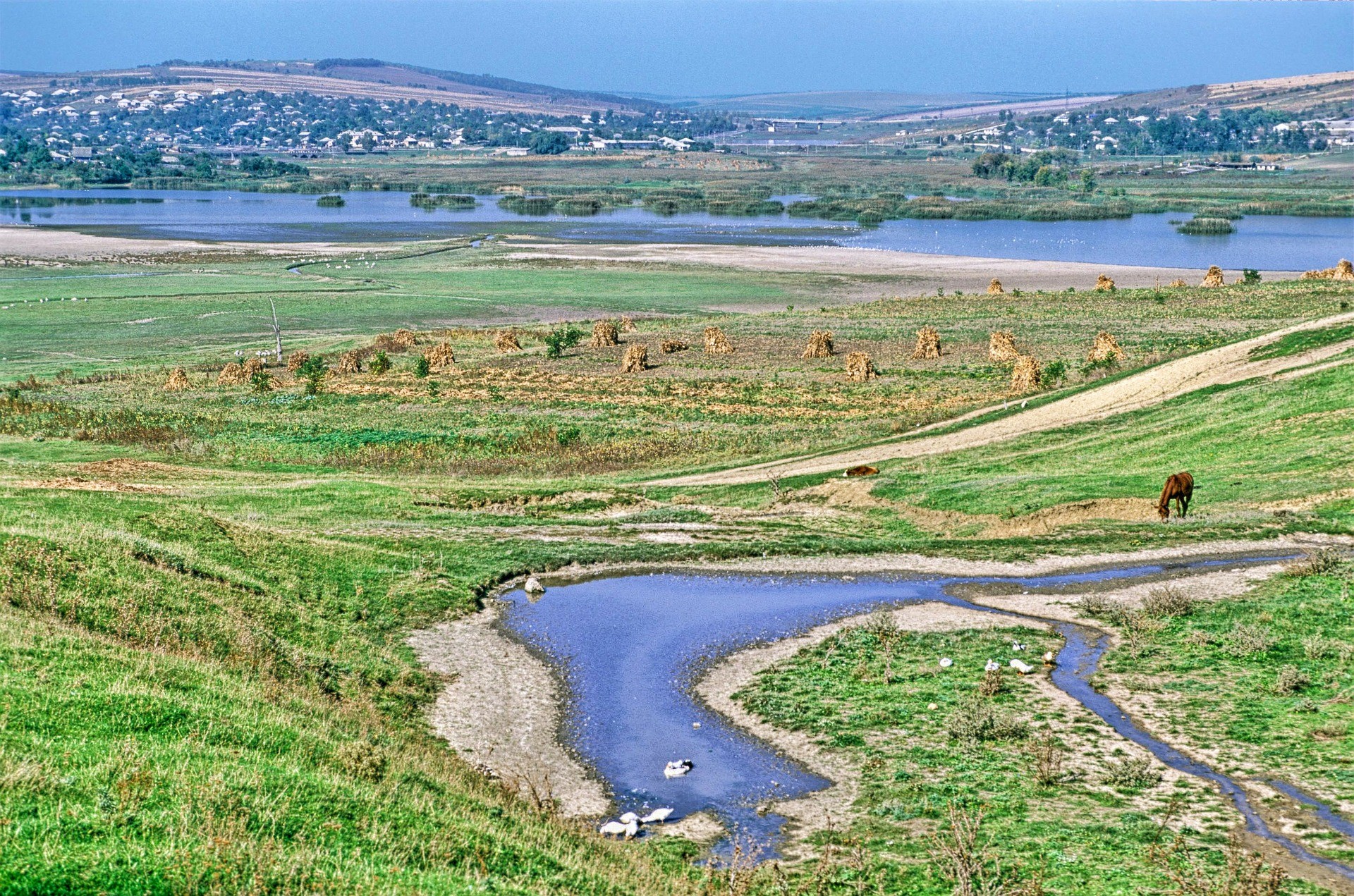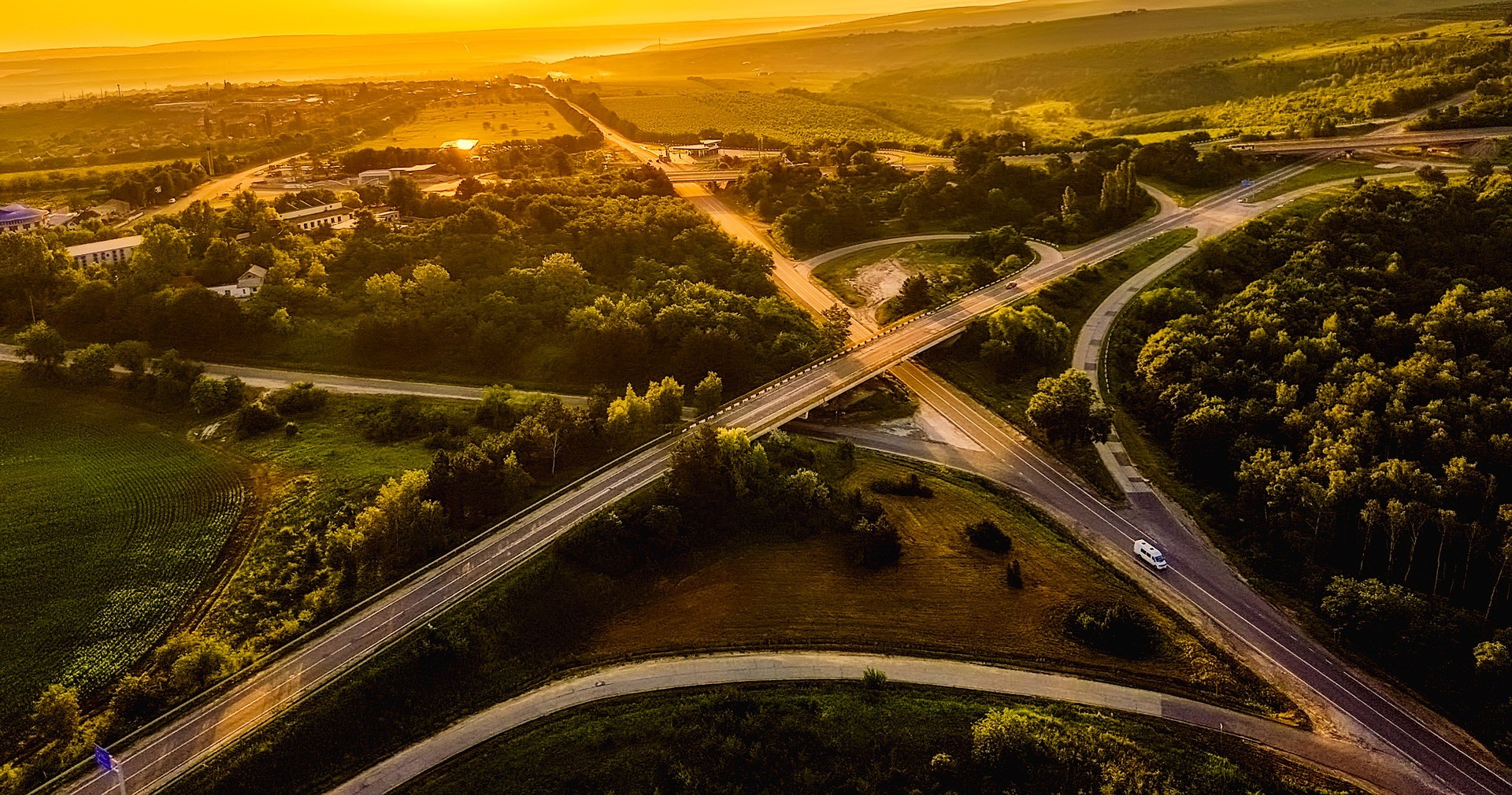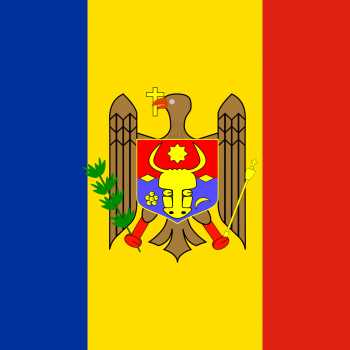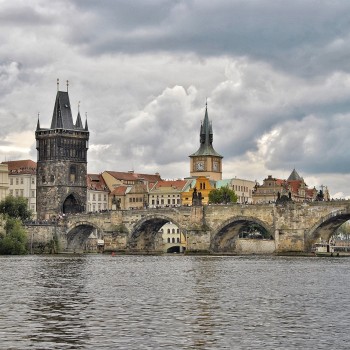Moldova
Moldova
Capital city description
Chișinău, also known as Kishinev, is the capital and largest city of the Republic of Moldova. The city is Moldova's leading industrial and commercial center and is located in the middle of the country, on the river Bâc, a tributary of the Dniester. The city is the most economically profitable locality in Moldova and its largest transportation hub. It is home to many Orthodox churches and 19th-century buildings around the city, such as the Ciuflea Monastery of the Transfiguration Church. Much of the town is made from limestone quarried from Cricova, leaving a renowned wine cellar.
Many modern-style buildings have been built in the city since 1991. Many offices and modern shopping complexes are renovated or newly built, including Kentford, SkyTower, and Unión Fenosa headquarters. However, the old Soviet-style clusters of living blocks are still an extensive cityscape feature.
Climate
Moldova's climate is temperate continental, with the year's four seasons clearly defined. It has mild short winters (December-March) and long hot summers (June-September) with many sunny days. During the day in summer, the average temperature is between 25 and 30 degrees Celsius (77 and 86 degrees Fahrenheit).
Due to a stable high-pressure area over the south of Russia or Ukraine, hot air can move towards Moldova, leading to higher temperatures. A heatwave with high temperatures and sometimes weeks-long drought can occur almost every summer.
Languages spoken
The official and widely spoken language of Moldova is Romanian. At the same time, Russian is a famous foreign language spoken in Moldova due to the former influence of the Soviet Union on the Moldovan economy and culture.
Fun/Fascinating Facts
- Moldova houses a well-established wine industry. Vineyards cover about 147,000 hectares of land dedicated to commercial production. Milestii Mici in Moldova is the world's most extensive wine cellar that stores over 2 million wine bottles.
- Moldova is one of the least visited countries in Europe.
- Moldova's medieval era fortresses, archaeological sites, Roman fortifications, etc., make it an exciting tourist destination for culture and history enthusiasts.
- The Criva's cave in Moldova is amongst the world's largest caves. The underground path out there is also one of the longest in the world.
- Moldova's most important historical site, Orheiul Vechi, is a crumbling open-air monastic complex that dates back more than 2,000 years.
Unique Customs/Traditions
- In Moldova, spring celebrations symbolize the end of winter and the onset of warm and sunny days. Legend tells of the spring, raschischavschey of snow on the ground and pricked bramble branch. A drop of hot red blood melted the white cold crust, and the first snowdrop could get to the sun. Since then, the tradition of Moldova requires to meet spring Martisor - white and red decorations in the form of flowers. They are worn on the chest the whole March and then hung on the branches of trees, zagadyvaya desire. Source: http://aroundtravels.com/article-about-moldova/tradition-moldova-customs-photos.html
- In Moldova, every guest is received with exceptional warmth. The householder will always serve his guest with great Moldovan wine and the best food dishes. Usually, the guests are invited into the Casa Mare (Big Room) – a traditional room in each house where people feast together.
- Martisor is a significant traditional holiday symbol of spring. In March, everybody in Moldova hangs two knitted white and red ropes on their collar, symbolizing nature‘s revival.
- In Moldovan villages, shezatorile are traditional social meetings, especially in the winter, where people sing, dance, and make handicrafts.
Popular universities
| Name | Description | |
|---|---|---|
| Technical University of Moldova | The Technical University of Moldova (Universitatea Tehnică a Moldovei) is a higher technical educational institution in Chişinău, Moldova. The university offers about 80 specialties and specializations within the following ten faculties: Faculty of Energetics. Faculty of Engineering and Management in Mechanics, Faculty of Engineering and Management in Machine Building, Faculty of Engineering and Management in Electronics and Telecommunications (Before Electro-Physics faculty), Faculty of Computers, Informatics and Microelectronics (Before Electro-Physics faculty) Faculty of Technology and Management in Food Industry, Faculty of Light Industry, Faculty of Urbanism and Architecture, Faculty of Cadastre, Geodesy, and Construction, Faculty of Economic Engineering and Busines. | |
| Moldova State University of Medicine and Pharmacy (Universitatea de Stat de Medicina si Farmacie) | Moldova State University of Medicine and Pharmacy (Universitatea de Stat de Medicina si Farmacie) is a non-profit public higher education institution located in the large city of Chisinau and officially recognized by the Ministerul Educatiei a Republicii Moldova (Ministry of Education of the Republic of Moldova). It was founded in 1945. Universitatea de Stat de Medicina si Farmacie (USMF) offers courses and programs leading to officially recognized higher education degrees such as pre-bachelor degrees (i.e., certificates, diplomas, associate or foundation), bachelor degrees, master degrees, doctorate degrees in several areas of study. | |
| A. Russo State University (Universitatea de Stat A. Russo) | A. Russo State University (Universitatea de Stat A. Russo) is a non-profit public higher education institution located in the small city of Balti, established in 1945. Officially recognized by the Ministerul Educatiei a Republicii Moldova (Ministry of Education of the Republic of Moldova), Universitatea de Stat A. Russo is a coeducational Moldovan higher education institution. Universitatea de Stat A. Russo offers courses and programs leading to officially recognized higher education degrees in several areas of study. The university comprises several faculties: Faculty of Philology, Faculty of Real Sciences, Faculty of Foreign Languages and Literatures, Faculty of Education and Arts, Faculty of Psychology and Social Work, Economy Faculty, Law School, Faculty of Natural Sciences and Agroecology. | |
| Moldova State University | Moldova State University (Universitatea de Stat din Moldova) is a non-profit public higher education institution located in the rural setting of the large city of Chisinau and officially recognized by the Ministerul Educatiei a Republicii Moldova (Ministry of Education of the Republic of Moldova). Universitatea de Stat din Moldova (USM) offers courses and programs leading to officially recognized higher education degrees such as bachelor's degrees, master's degrees, doctorate degrees in several areas of study. | |
| Free International University of Moldova (Universitatea Libera Internationala din Moldova) | Free International University of Moldova (Universitatea Libera Internationala din Moldova) is a non-profit private higher education institution located in the urban setting of Chisinau, founded in 1992. Free International University of Moldova (Universitatea Libera Internationala din Moldova) offers courses and programs leading to officially recognized higher education degrees such as pre-bachelor degrees (i.e., certificates, diplomas, associate or foundation), bachelor degrees, master degrees, doctorate degrees in several areas of study. | |
Festivals & Events
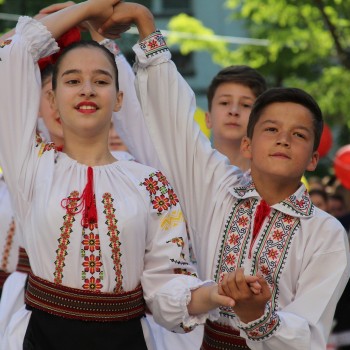
Chisinau City Day
Date: 14th October
Chisinau City Day is a widespread religious event that celebrates the Eastern Orthodox anniversary of the Intercession of the Virgin Mary and takes place on October 14 in the capital. The festival takes place in the main street, Stefan cel Mare, home to processions to the cathedral and many other events.
At the Great National Assembly Square, the day ends with spectacular fireworks. Traditional wine and food are served in plenty; local handicrafts are sold, bought, gifted, and displayed. Music, Dance, costumes and everything national is at its best, on this day.
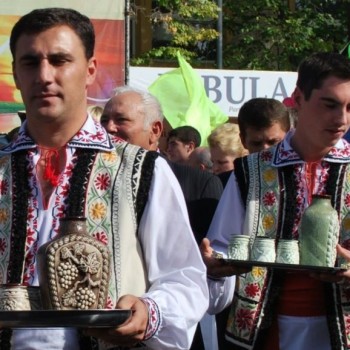
National Wine Festival
Date: First weekend of October
Moldova's National Wine Festival is one of the most renowned wine festivals in Moldova and attracts the most significant number of tourists. The most important wine producers of Moldova gather together at the Great National Assembly Square in Chisinau and celebrate the best Wine, which is also considered the national product in the country.
The country's wine-making traditions are cherished through dance, gastronomy, music, and plenty of good cheer. While you taste some of the finest Wine of Moldova, you can also witness the Concert of Live Folk and Modern Music. The festival offers you as many varieties of Wine from over forty significant wineries.
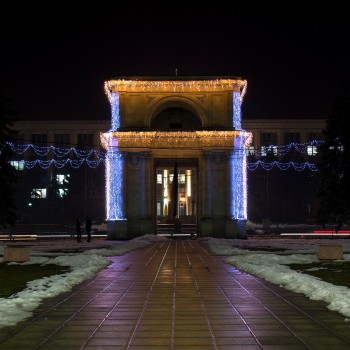
Night of the Museum
Date: 14th-15th May
One of the unique Moldova festivals famous across the globe, the Night of the Museum festival, is organized in parallel with International Museum Day.
Held every May 14 and 15 annually, museums in Chisinau are transformed into theaters for performances of traditional music, song, dance, and even wine-tasting sessions, with special exhibitions.
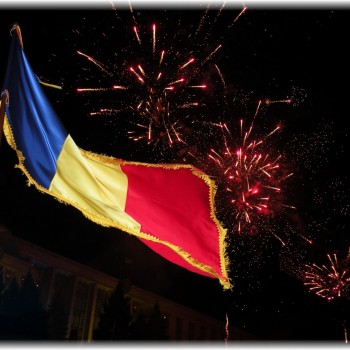
Independence Day
Date: 26th August
One of Moldova's significant events, Independence Day, is a national holiday on August 26. Several activities are being held during the festival, such as military parades, visits to cemeteries, and joyful street celebrations to recollect the fight for freedom from the Soviets.

Velo Hora
Date: 22nd September
Velo Hora festival marks the World Car Free Day. A 20-kilometer public bicycle ride is the festival's main event, where people ride their bikes through the capital city, Chisinau.
The cycling begins at The Great National Assembly Square, where an open-air concert is also organized. Fun activities for children and adults are also arranged.
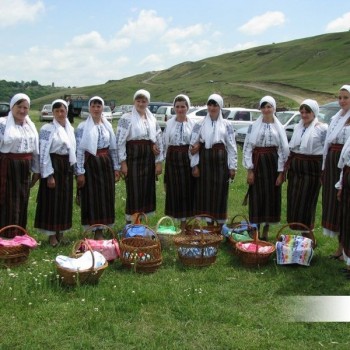
Duminica Mare
Date: June
Duminica Mare, also known as the National Touristic Festival of Traditions, offers the most culturally rich experience. The festival is free and open for all those curious to rediscover our nation's ethnofolkloric and craft traditions. The festival also hosts engaging activities like wood carving workshops for guests.
As the festival is considered the most important Sunday of the year, the households beautify their household with leaves. The floors are covered with thick carpets of grass, corovatic, wormwood, and other fragrant field plants. For gourmets, homemakers offer local dishes in the area.
Attractions / Top Sights
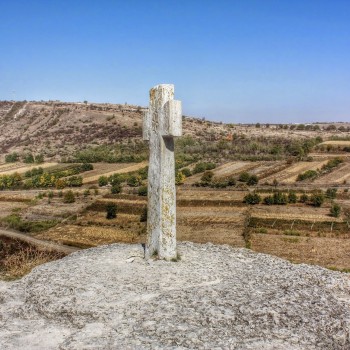
Orheiul Vechi
When to visit: April to September
The archaeological and religious complex at Orheiul Vechi (Old Orhei), located in Trebujeni, is an important historical place with perfect natural magnificence. Occupying a remote, rocky ridge over the Răut River, the complex is known for its Cave Monastery. It contains ruins ranging from the earliest days of the Dacian tribes.
The complex is in the village of Butuceni, where a small bridge over the Răut takes you to the trailhead for a 15-minute hike up to the Cave Monastery. Additionally, along the ridge, you will notice the twin spires of an Orthodox church dedicated to the Ascension of St Mary, constructed in 1905 and recently restored.
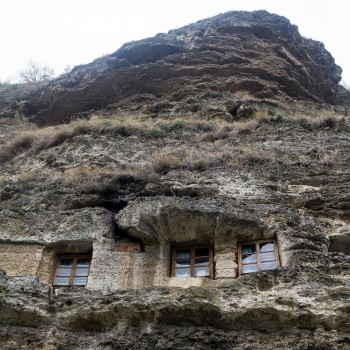
Tipova Cave Monastery
When to visit: April to September
The incredible Tipova Cave Monastery is dug out from beneath the rocks by the banks of the Dniester River in the tiny village of Tipova. The monastery comprises three religious chambers and monastic cells linked by precarious steps built into the rock face.
The oldest of the three chambers, the Elevation of the Holy Cross cave church, dates from the 11th century. The newest chamber, the Dormition of Our Lady cave complex, houses an active church and a small museum.
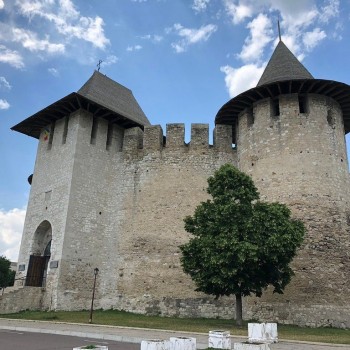
Soroca
When to visit: April to July
When to visit: https://moldova.md/en/content/soroca-fort
An excellent representation of medieval-style architecture, the Soroca fortress, a historical fort in the Republic of Moldova, is one of the best Moldova tourist attractions worth exploring.
The original wooden fort, which defended a ford over the Dniester ), was an essential link in the chain of fortifications, which comprised four forts (e.g., Akkerman and Khotin) on the Dniester, two forts on the Danube, and three forts on the north border of medieval Moldova. Between 1543 and 1546 under the rule of Petru Rareş, the fortress was rebuilt in stone as a perfect circle with five bastions situated at equal distances. Today those bastions contain medieval-themed exhibits, with a few English placards posted about that shed light on the fortress's history.
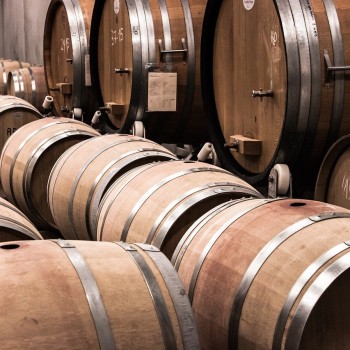
Cricova Winery
When to visit: May to September
When to visit: https://moldova.md/en/content/cricova-winery
Cricova is a Moldovan winery located 15 kilometers (9.3 mi) north of Chişinău. Famous wine cellars make it a renowned attraction for tourists.
The wine cellars of Cricova are the second largest wine cellar in Moldova, after Milestii Mici. It boasts a mere 120 kilometers (75 mi) of labyrinthine roadways. Inclusive of underground tasting rooms, warehouses, and guided tours, you could witness 1.25 million bottles of wine altogether.
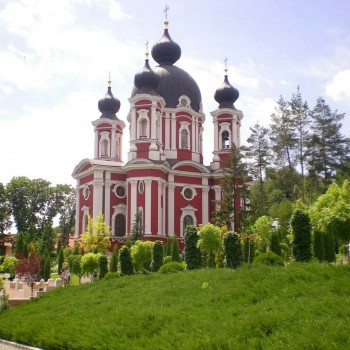
Curchi Monastery (Manastirea Curchi)
Located in Codrii Orheiului, on the territory of Curchi village, Orhei district, Curchi Monastery (Manastirea Curchi) is a stunning monastery of monks from the Republic of Moldova, one of the most significant monuments of Bessarabian architecture.
It was established as an architectural ensemble in the 18th - 19th centuries. It comprises five churches, several abbeys, monk cells, several rooms, and a beautiful orchard,
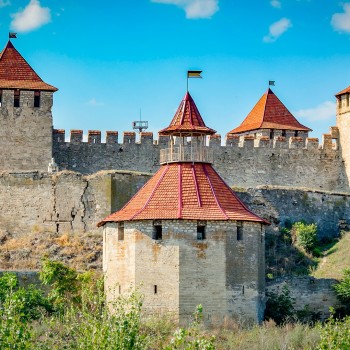
Bendery Fortress
When to visit: April to September
Bendery Fortress is one of the ancient forts on the territory of Pridnestrovie, an outstanding monument of fortification architecture. The medieval Genoese built the citadel of the fort, and after Bender became part of the Ottoman Empire in 1538, the castle was significantly rebuilt already by the Turks.
The original fort structure is amazingly preserved in its original form has eight towers. You can walk along the ramparts taking in the fine views of the Dniestr River, have a picnic on the grounds, and visit several museums on-site that document the fort's long and rich history.
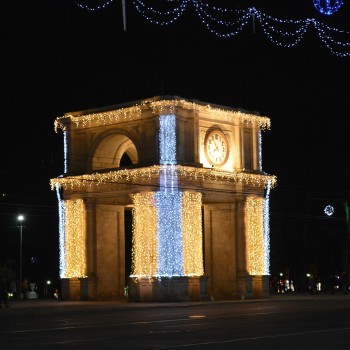
Chisinau
When to visit: July
Chisinau is Moldova’s most significant city, serving as its capital. The town offers many nightclubs, spas, art galleries, restaurants, and casinos.
Chisinau is a famous place in Moldova, boasting 23 lakes, numerous parks, and various wildlife. Chisinau has one of the highest proportions of natural spaces of any city in Europe. The city is also renowned for its cognac and especially its award-winning beer.
















